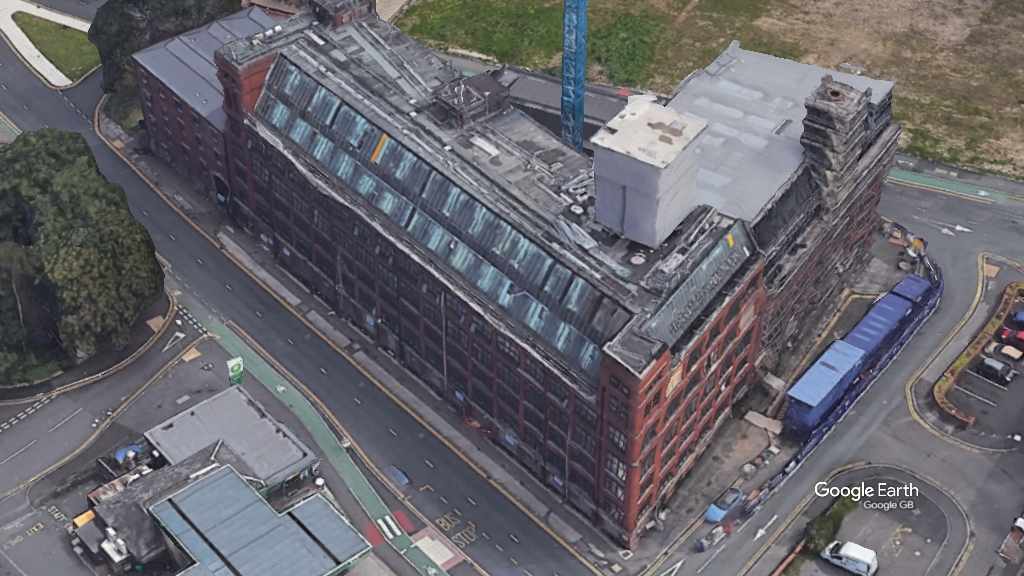NW 2013: Take the High Street
 The past decade saw significant change for our town centres and high streets. As we approach 2013, we are on the cusp of a further period of evolution whereby shops must be showrooms and high streets should be leisure destinations.
The past decade saw significant change for our town centres and high streets. As we approach 2013, we are on the cusp of a further period of evolution whereby shops must be showrooms and high streets should be leisure destinations.
Confidence in the retail sector has taken a serious blow, with the loss of some long-established and well-loved brand names. So how will property owners, landlords and retailers approach the changing market in 2013?
E-commerce continues to challenge traditional bricks and mortar retail, winning the war not only on price but also convenience – the click-and-collect services continue to expand, with a growing number of outlets across the country trying this new channel. With price very much the deciding factor, retailers have to focus on the intangible benefits of in-store shopping – it is here that retailers and landlords can find real opportunities over the coming years.
The bottom line is landlords and retailers need to invest in stores if they are to keep up with a rapidly changing market. Experiential stores will be key.
This new model will likely be led by retailers in prime out-of-town locations and shopping centres such as the Trafford Centre and Cheshire Oaks, providing consumers with an experience they can't get elsewhere, alongside a wider leisure and entertainment offering.
A good early example of experiential shopping is Marks and Spencer's flagship store at Cheshire Oaks, which showcases the latest shopping technology including 70-inch display screens, browse-and-order hubs and clever use of social media.
So how will the high street – even successful locations – compete with prime out-of-town shopping destinations that offers experiential stores alongside a wider leisure and entertainment offering?
It is important to remember that successful city centre retail destinations are not safe or exempt from the sector's challenges – while, for example, Manchester Arndale and Liverpool One are currently considered prime locations, retailers and landlords would be unwise to assume that this will always be the case.
The coming years are likely to see a similar movement away from city centre retail that has been experienced by small-town high streets as free parking continues to draw consumers to outlying destinations.
The city centre high street must focus on giving consumers what they're looking for, a leisure and entertainment experience in one location.
Next year will also hopefully see authorities concede the need for low cost – or free – parking in town and city centres, an approach that smaller towns such as Altrincham have already accepted as a necessity to retain footfall.
Continuing pressure on retailers is also likely to see an increase in short-term leases being offered by landlords during 2013.
In short, traditional bricks and mortar retail isn't dead just yet. But if retailers and landlords are to continue drawing consumers through their doors they must embrace the new retail landscape and the opportunities it offers.
- Naveen Gupta, partner and head of Cobbetts' real estate team in Manchester




